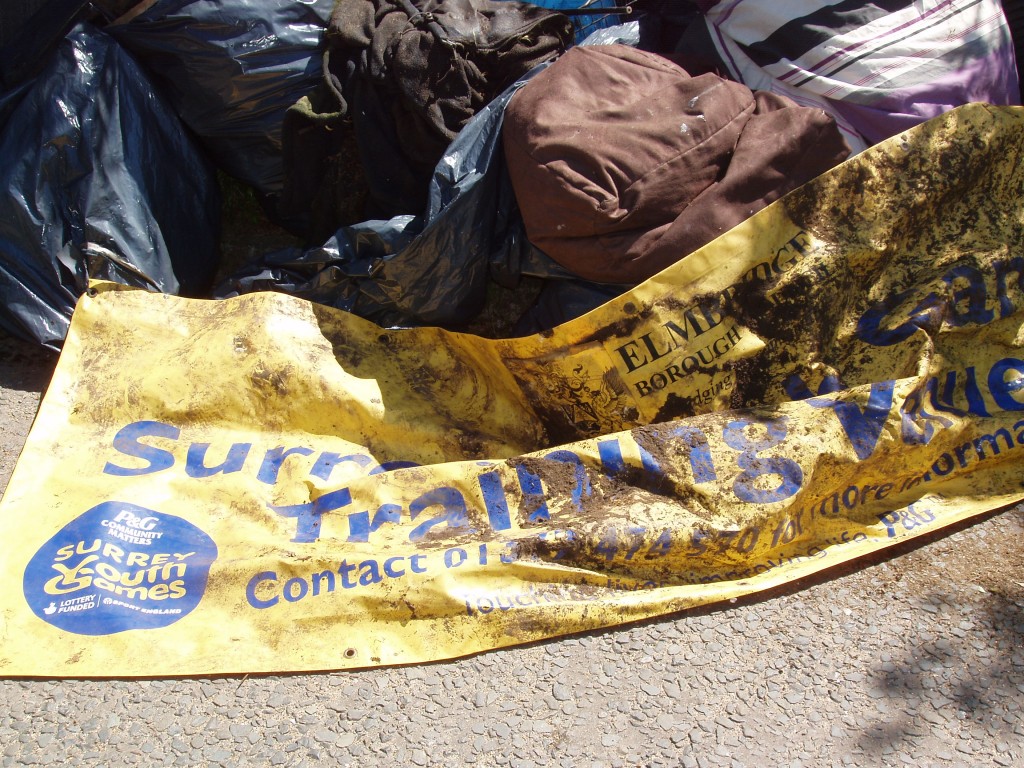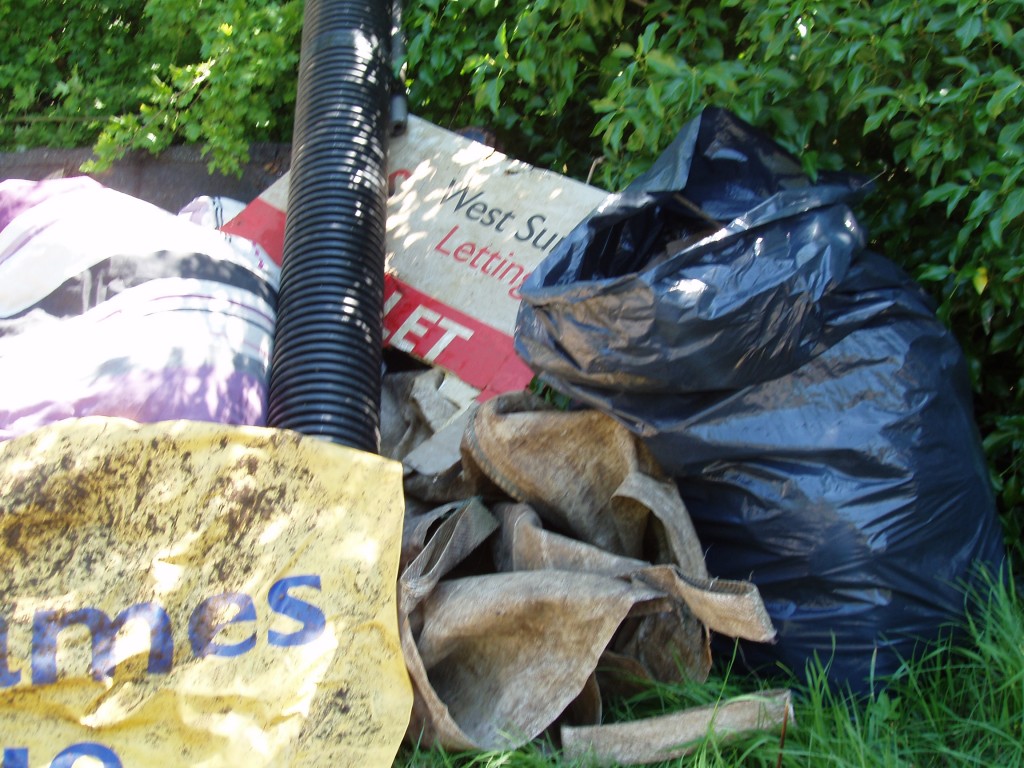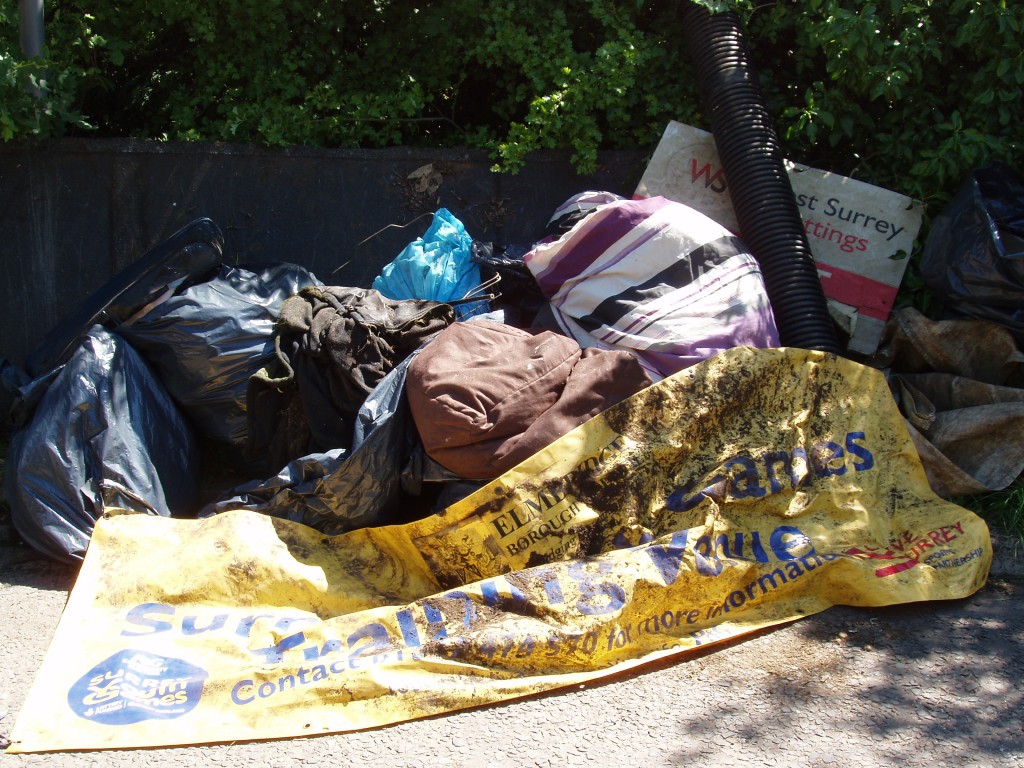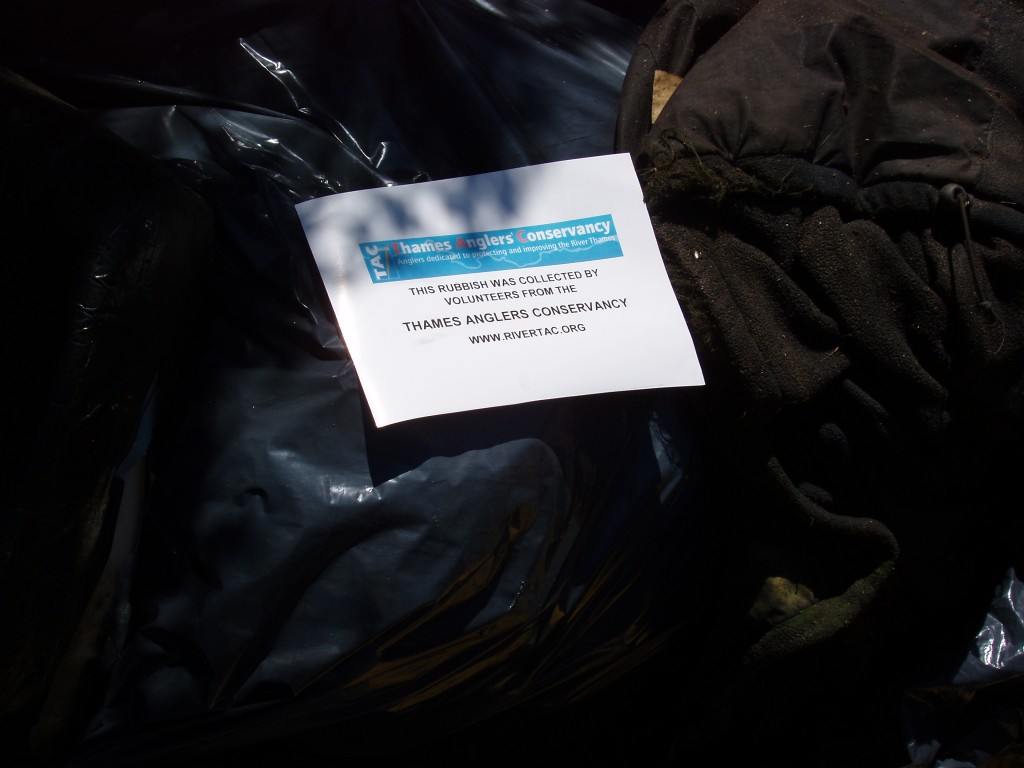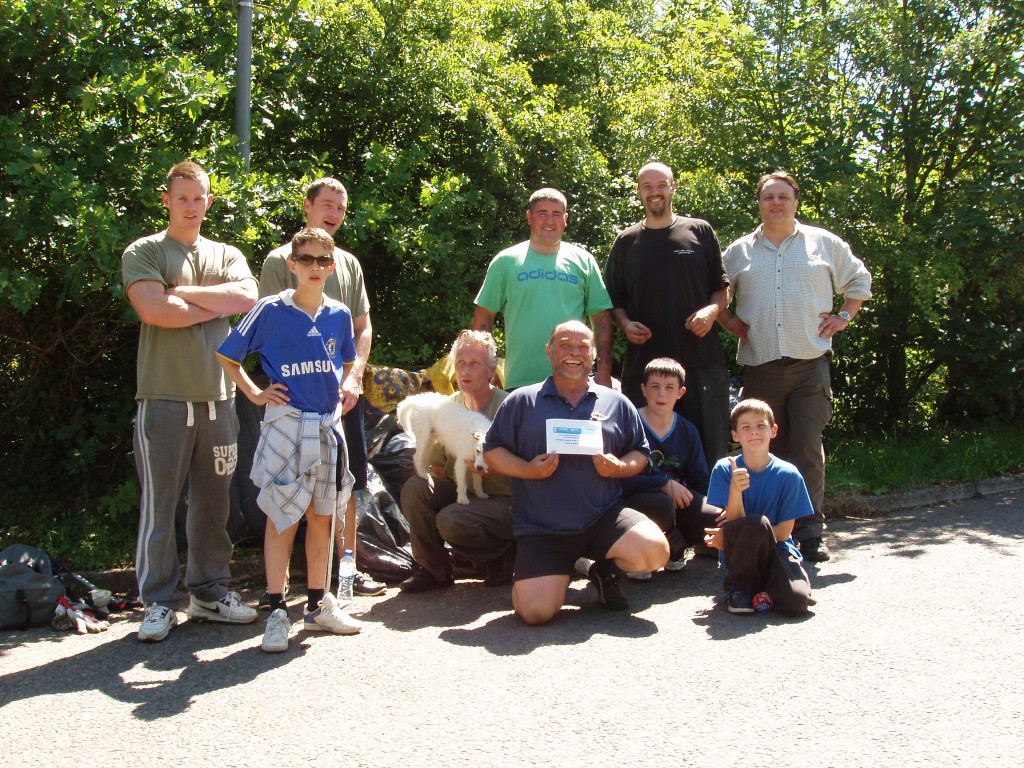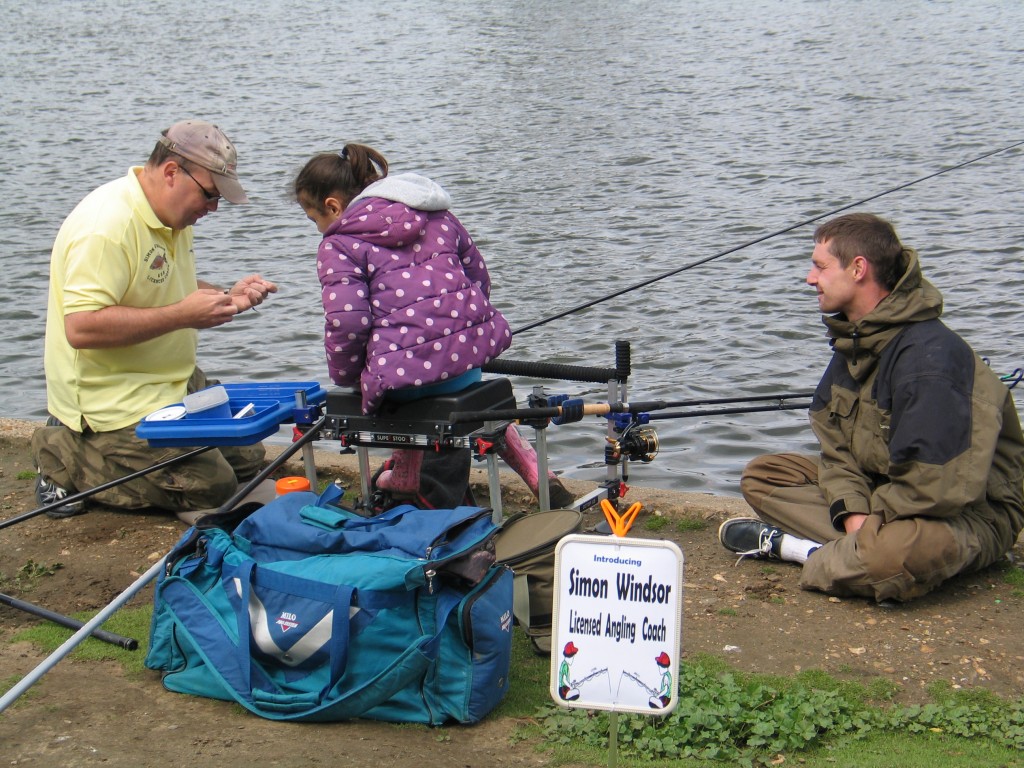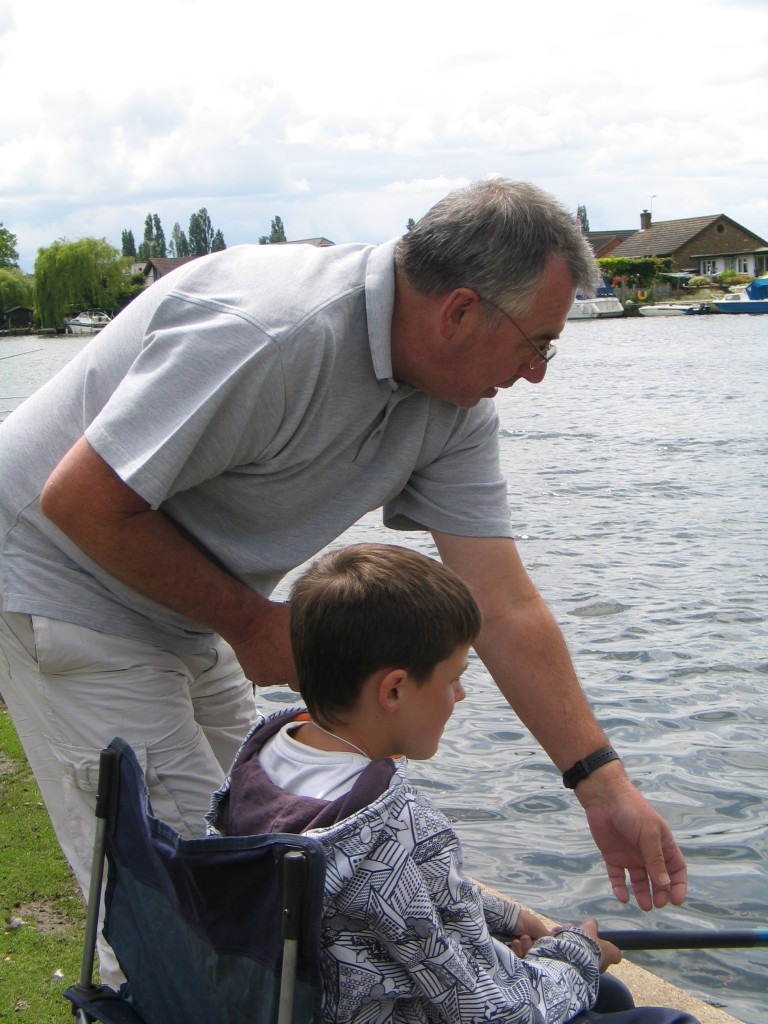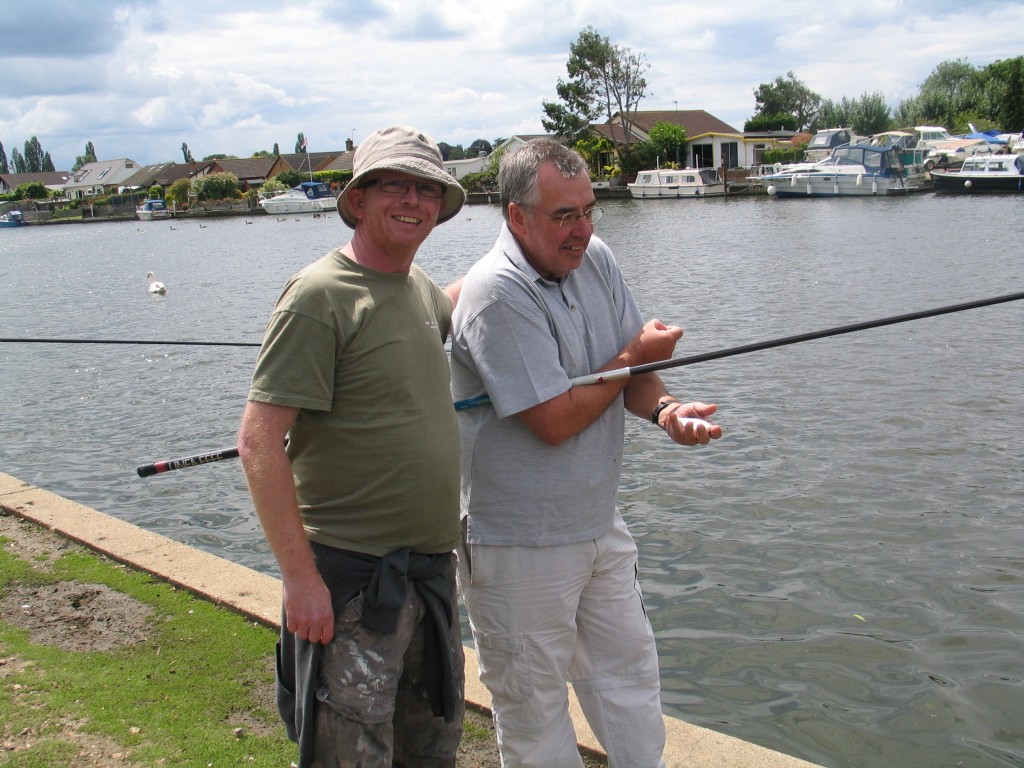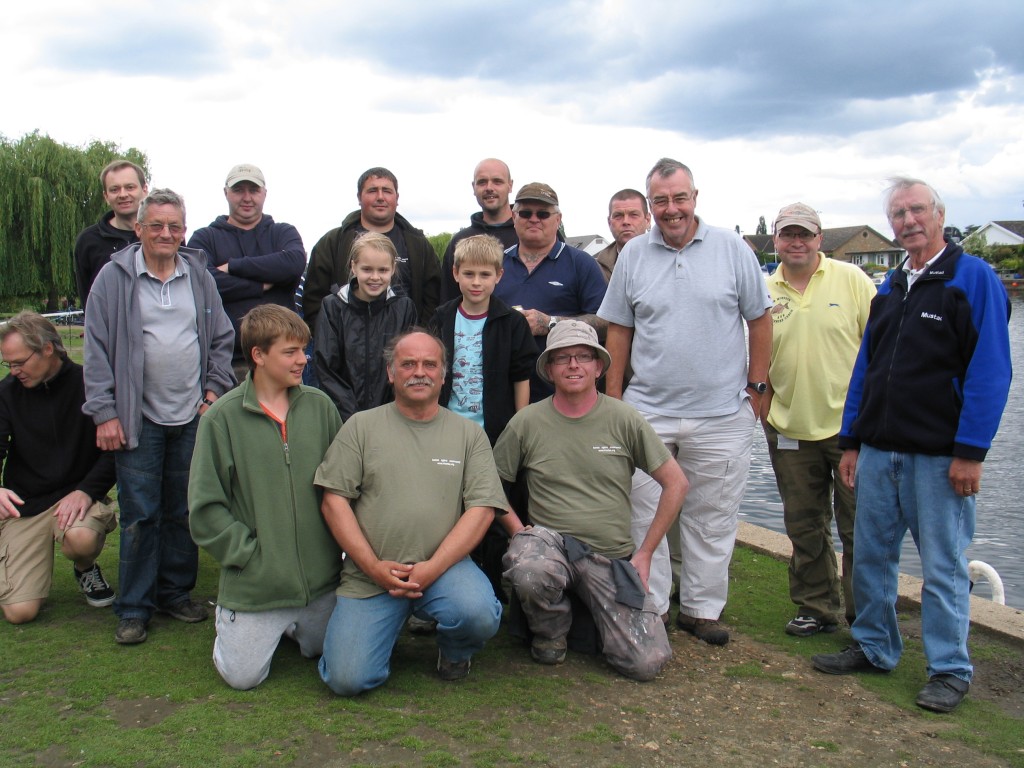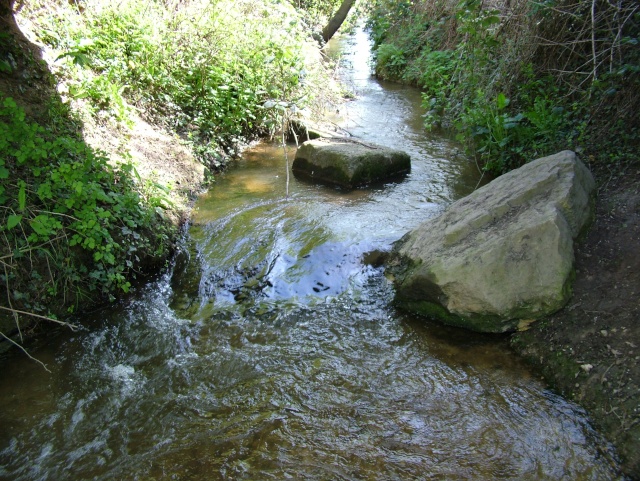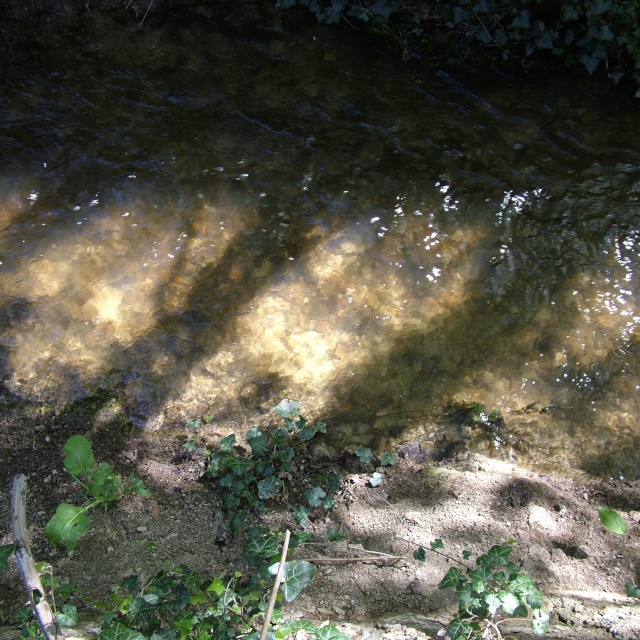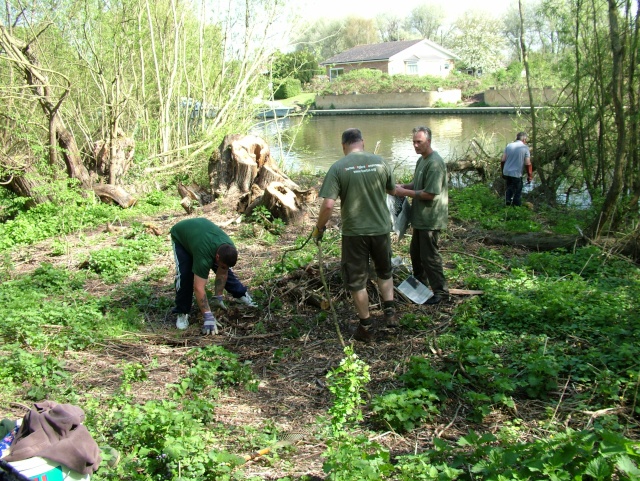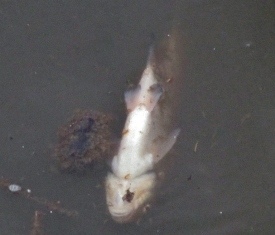 Today has seen the release of a comprehensive report by Thames Water into the reasons why London needs the Thames Tunnel or 'Super Sewer' as it is called.
Today has seen the release of a comprehensive report by Thames Water into the reasons why London needs the Thames Tunnel or 'Super Sewer' as it is called.
The report lays in out full the fact why the tunnel is crucial and the impact raw sewage overflows have on the river. There are on average in excess of 60 significant sewerage incidents a year and are becoming more frequent. With longer drier periods followed by heavy rainfall, the situation can only get worse.
On the 6th June 2011 the Tidal Thames saw the biggest sewage overflow in nearly a decade and the Environment Agency suggests more than 26000 fish may have been killed. Following a sustained dry period, the capital saw around 30 mm of rain fall causing the Combined Sewage Overflows to discharge nearly half a million tonnes of untreated effluent into the river causing oxygen levels to fall. Thames Anglers Consevancy members arrived at the river to find thousands of fish gasping for air and the foreshore littered with the remains of many aquatic species. Little was spared the devastation from this single incident.
The crash of dissolved oxygen levels was further exacerbated by the discharge being at low tide and little natural flow coming over Teddington Weir.
Since the 6th June there have been a further five discharges of sewage into the Tidal Thames, one on the 16th June, an irony not lost on many as the start of the traditional fishing season.
Thames Anglers Conservancy spokesman said:
'We welcome today's report from Thames Water as it highlights many reasons why the Tunnel must be built without delay. In a modern capital city it is unacceptable that raw sewage is still put into the Thames creating a serious health hazard for all river users and severely impacting fish stocks and all aquatic life. With the ongoing threat of Thames Hydropower schemes further reducing the natural flow, action is needed now. We would like to thank the Environment Agency fisheries team for their action during the recent incident and since.'
Notice to editors:
The Thames Anglers Conservancy is a free to join organization and is a consultative member of the Angling Trust for Thames between Staines and Dartford.
As a Thames Angling stakeholder, we are involved with many organizations including the Environment Agency, river user groups and local councils.
We are concerned with many aspects of the Thames including the threat of Hydropower, loss of fishing rights and pollution along with the positive aspects of promoting angling and its benefits.
For more information go to www.rivertac.org or email admin@rivertac.org



